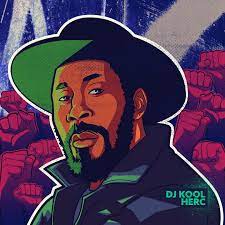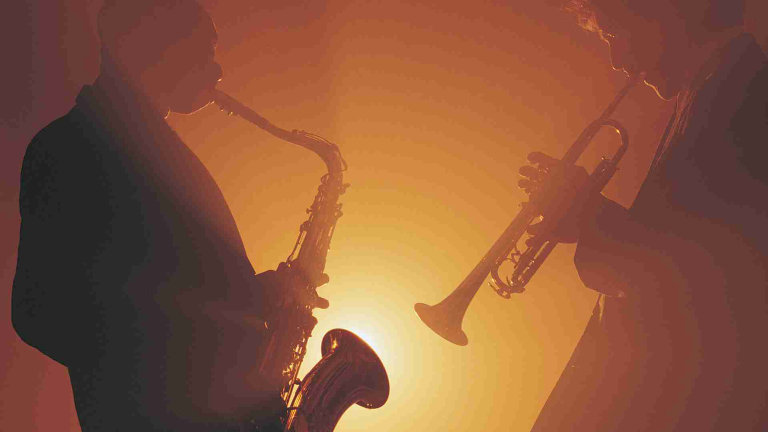Hip-hop isn’t just a genre; it’s a vibrant cultural tapestry woven from beats, rhymes, and social commentary. Its roots trace back to the pulsating energy of 1970s Bronx block parties, where DJs like Kool Herc spun magic with turntables, laying the foundation for what we know as breakbeat DJing. Fast forward to today, and hip-hop has not only conquered charts but transcended borders, becoming a global phenomenon that continues to evolve and surprise.
Block Party Beginnings (1970s)
Imagine the scene: The Bronx in the 1970s, a vibrant yet challenging community where music thrummed through the streets. It was here, amidst the energy of block parties, that DJ Kool Herc, the “father of hip-hop,” began weaving his magic. Using two turntables, he extended the instrumental breaks of funk and disco records, creating a rhythmic soundscape that would become the foundation for breakbeat DJing.
This wasn’t just about music; it was about community. MCs like Grandmaster Flash and the Furious Five emerged, dropping rhymes over Kool Herc’s innovative beats. Their 1982 song “The Message” became a powerful anthem for social justice, addressing poverty, racial discrimination, and the struggles of inner-city life.
In 1979, the Sugarhill Gang’s “Rapper’s Delight” shattered barriers, becoming the first commercially successful hip-hop single. It introduced the genre to a wider audience and paved the way for its mainstream potential
The Golden Age Explodes (1980s)
The 1980s saw hip-hop explode onto the mainstream scene. Run-DMC burst onto the scene with their self-titled debut, bringing a harder-edged, rock-infused sound that expanded hip-hop’s sonic palette. Their iconic Adidas sneakers and streetwise fashion cemented their cultural impact.
Public Enemy’s 1986 debut album, “Yo! Bum Rush the Show,” was a game-changer. Its politically charged lyrics and confrontational sound, fuelled by Chuck D’s powerful voice and the Bomb Squad’s dense production, redefined hip-hop’s potential for social commentary.
N.W.A.’s “Straight Outta Compton” arrived in 1987, unflinchingly chronicling the harsh realities of gang life in Compton, California. The album sparked controversy and ignited a national conversation about race, police brutality, and social inequality.
Diversification and Commercialization (1990s)
The 1990s saw hip-hop diversify and gain even more commercial success. Dr. Dre’s solo debut, “The Chronic,” introduced G-funk, a West Coast sound characterized by smooth melodies, laid-back tempos, and Snoop Dogg’s signature flow. The album’s critical and commercial success solidified hip-hop’s place in mainstream music.
Nas’s 1993 debut album, “Illmatic,” was hailed as a lyrical masterpiece showcasing his introspective storytelling and vivid wordplay. It elevated hip-hop’s artistic credibility and inspired a generation of rappers.
Tupac Shakur’s posthumously released double album, “All Eyez on Me,” became a cultural phenomenon in 1996. Its blend of conscious lyrics, gangsta anthems, and introspective ballads reflected the complexities of Tupac’s life and legacy.
21st Century and Beyond:
The 21st century has seen hip-hop continue to evolve and grow. Regional scenes and subgenres like Dirty South, crunk, and bling-era rap added further diversity to the landscape. Jay-Z emerged as a mogul, Kanye West pushed creative boundaries, and Lil Wayne redefined the game with his mixtape dominance.
Continued Evolution:
Global Expansion and Genre Bending (2010s):
In the 2010s, hip-hop went global. Korean rapper Psy’s “Gangnam Style” went viral in 2012, shattering YouTube viewership records and showcasing hip-hop’s international reach.






